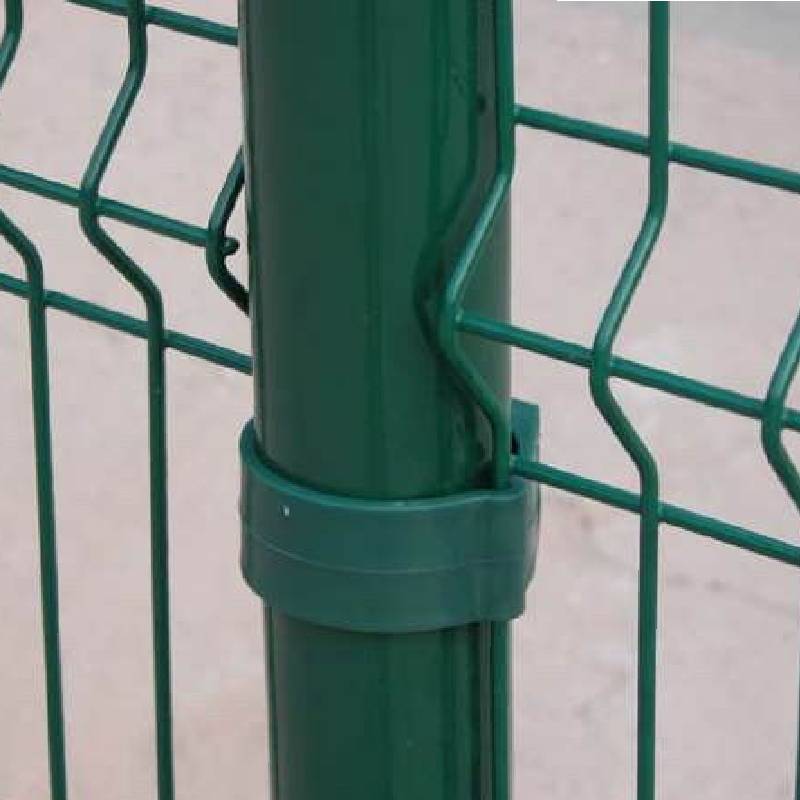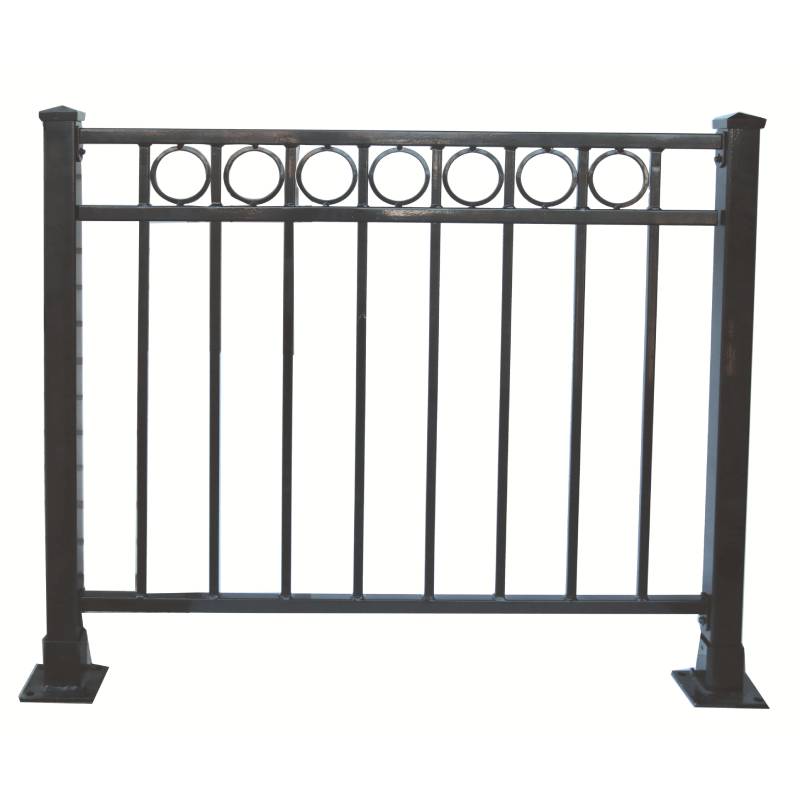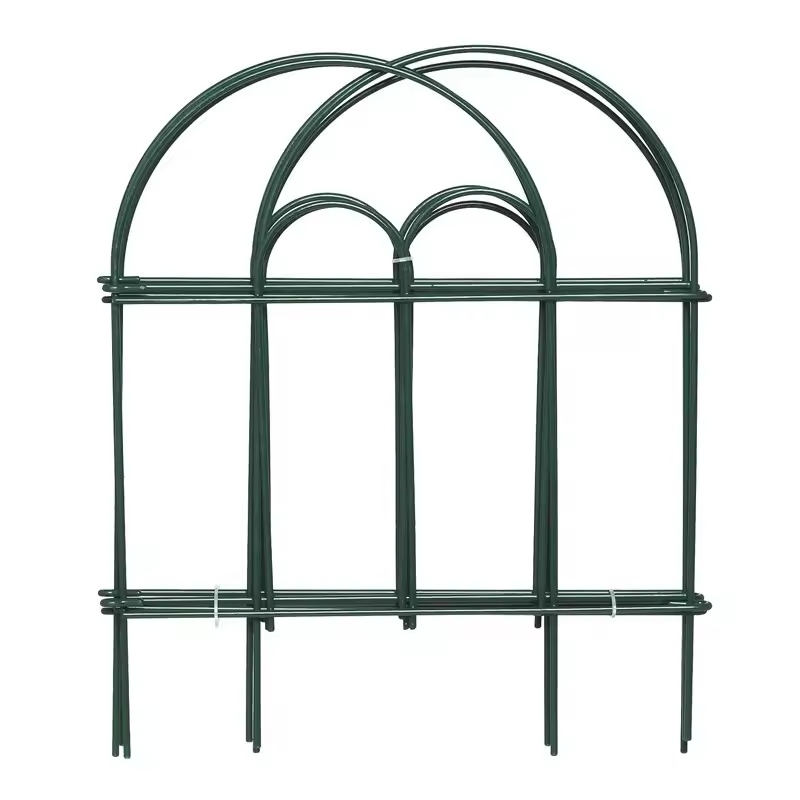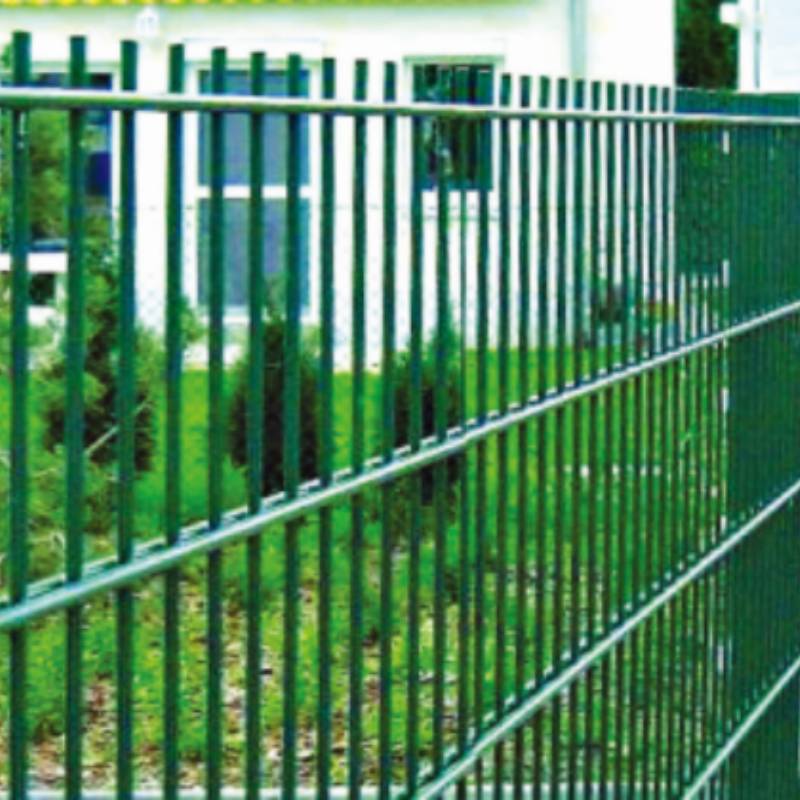-
E-mail:zhao@hyliec.cn
-
Điện thoại:+86 311 85273988
-
WhatsAPP:8613931128750
-
 Người châu Phi
Người châu Phi -
 tiếng Albania
tiếng Albania -
 tiếng Amharic
tiếng Amharic -
 tiếng Ả Rập
tiếng Ả Rập -
 tiếng Armenia
tiếng Armenia -
 Tiếng Azerbaijan
Tiếng Azerbaijan -
 Tiếng Basque
Tiếng Basque -
 Người Belarus
Người Belarus -
 tiếng Bengali
tiếng Bengali -
 tiếng Bosnia
tiếng Bosnia -
 tiếng Bungari
tiếng Bungari -
 tiếng Catalan
tiếng Catalan -
 Cebuano
Cebuano -
 Corsican
Corsican -
 tiếng Croatia
tiếng Croatia -
 tiếng Séc
tiếng Séc -
 người Đan Mạch
người Đan Mạch -
 tiếng Hà Lan
tiếng Hà Lan -
 Tiếng Anh
Tiếng Anh -
 Quốc tế ngữ
Quốc tế ngữ -
 tiếng Estonia
tiếng Estonia -
 tiếng Phần Lan
tiếng Phần Lan -
 người Pháp
người Pháp -
 tiếng Frisia
tiếng Frisia -
 tiếng Galicia
tiếng Galicia -
 tiếng Gruzia
tiếng Gruzia -
 tiếng Đức
tiếng Đức -
 người Hy Lạp
người Hy Lạp -
 Gujarati
Gujarati -
 Tiếng Creole Haiti
Tiếng Creole Haiti -
 hausa
hausa -
 người Hawaii
người Hawaii -
 tiếng Do Thái
tiếng Do Thái -
 Không
Không -
 Miêu
Miêu -
 người Hungary
người Hungary -
 tiếng Iceland
tiếng Iceland -
 igbo
igbo -
 tiếng Indonesia
tiếng Indonesia -
 người Ailen
người Ailen -
 người Ý
người Ý -
 tiếng Nhật
tiếng Nhật -
 tiếng Java
tiếng Java -
 tiếng Kannada
tiếng Kannada -
 tiếng Kazakhstan
tiếng Kazakhstan -
 tiếng Khmer
tiếng Khmer -
 người Rwanda
người Rwanda -
 Hàn Quốc
Hàn Quốc -
 người Kurd
người Kurd -
 Tiếng Kyrgyzstan
Tiếng Kyrgyzstan -
 Lao
Lao -
 Latin
Latin -
 tiếng Latvia
tiếng Latvia -
 tiếng Litva
tiếng Litva -
 Tiếng Luxembourg
Tiếng Luxembourg -
 Tiếng Macedonia
Tiếng Macedonia -
 Malgashi
Malgashi -
 Mã Lai
Mã Lai -
 Mã Lai
Mã Lai -
 cây nho
cây nho -
 người Maori
người Maori -
 Tiếng Marathi
Tiếng Marathi -
 tiếng Mông Cổ
tiếng Mông Cổ -
 Myanmar
Myanmar -
 tiếng Nepal
tiếng Nepal -
 người Na Uy
người Na Uy -
 người Na Uy
người Na Uy -
 tiếng Occitan
tiếng Occitan -
 Tiếng Pa-tô
Tiếng Pa-tô -
 tiếng Ba Tư
tiếng Ba Tư -
 Đánh bóng
Đánh bóng -
 tiếng Bồ Đào Nha
tiếng Bồ Đào Nha -
 Tiếng Punjab
Tiếng Punjab -
 người Rumani
người Rumani -
 tiếng Nga
tiếng Nga -
 Tiếng Samoa
Tiếng Samoa -
 Tiếng Gaelic của Scotland
Tiếng Gaelic của Scotland -
 tiếng Serbia
tiếng Serbia -
 Tiếng Anh
Tiếng Anh -
 Shona
Shona -
 tiếng Sindhi
tiếng Sindhi -
 Sinhala
Sinhala -
 Tiếng Slovak
Tiếng Slovak -
 tiếng Slovenia
tiếng Slovenia -
 tiếng Somali
tiếng Somali -
 người Tây Ban Nha
người Tây Ban Nha -
 Tiếng Sundan
Tiếng Sundan -
 tiếng Swahili
tiếng Swahili -
 tiếng Thụy Điển
tiếng Thụy Điển -
 tiếng Tagalog
tiếng Tagalog -
 Tiếng Tajik
Tiếng Tajik -
 Tiếng Tamil
Tiếng Tamil -
 Tatar
Tatar -
 tiếng Telugu
tiếng Telugu -
 tiếng Thái
tiếng Thái -
 tiếng Thổ Nhĩ Kỳ
tiếng Thổ Nhĩ Kỳ -
 người Thổ Nhĩ Kỳ
người Thổ Nhĩ Kỳ -
 tiếng Ukraina
tiếng Ukraina -
 tiếng Urdu
tiếng Urdu -
 người Duy Ngô Nhĩ
người Duy Ngô Nhĩ -
 tiếng Uzbek
tiếng Uzbek -
 Tiếng Việt
Tiếng Việt -
 người xứ Wales
người xứ Wales -
 Giúp đỡ
Giúp đỡ -
 tiếng Yiddish
tiếng Yiddish -
 Yoruba
Yoruba -
 Tiếng Zulu
Tiếng Zulu
hàng rào bảng điều khiển
Wholesale Metal Fence Panels ?
Wholesale metal fence panels are a popular choice for those looking for durable and secure fencing solutions. These panels are often made steel materials providing a
strong and long-lasting option for garden fencing. They are available in various designs and sizes, making them suitable for a wide range of applications. Wholesale options offer cost-effective solutions for purchasing metal fence panels in bulk, making them ideal for contractors, landscapers, and property developers looking to install fencing on a larger scale.
Is It Cheaper To Buy Fence Panels Or Build Them?
The cost of buying fence panels versus building them can vary depending on several factors. In general, buying pre-made fence panels can be cheaper and more time-efficient than building them from scratch. Pre-made panels are mass-produced, which often makes them more cost-effective due to economies of scale. Additionally, purchasing fence panels can save on labor costs, as they are typically easier and quicker to install compared to building a fence from individual components. However, building a fence from raw materials allows for more customization and control over the design, which may be a priority for some individuals. It's important to consider the specific requirements, budget, and time constraints when deciding whether to buy or build fence panels.
How To Install A Panel Fence?
To install a panel fence involves several steps:
1. Measure and plan: Determine the length of the fence and calculate the number of panels needed. Plan the layout and ensure the fence posts are installed at the appropriate intervals to accommodate the panels.
2. Install the posts: Dig holes for the fence posts, ensuring they are deep enough to provide stability. Set the posts in concrete and allow them to cure before attaching the panels.
3. Attach the panels: Once the posts are set, attach the panels to the posts using appropriate fasteners such as screws or nails. Ensure the panels are level and properly aligned.
4. Add finishing touches: Depending on the type of panels used, additional finishing touches such as capping, trim, or paint may be required to enhance the appearance and durability of the fence.
5. Maintenance: Regular maintenance, such as cleaning and sealing, may be necessary to ensure the longevity of the fence panels.
It's important to follow the manufacturer's instructions and local building codes when paneling a fence to ensure proper installation and compliance with regulations. If in doubt, it's advisable to consult with a professional or seek guidance from experienced individuals.








